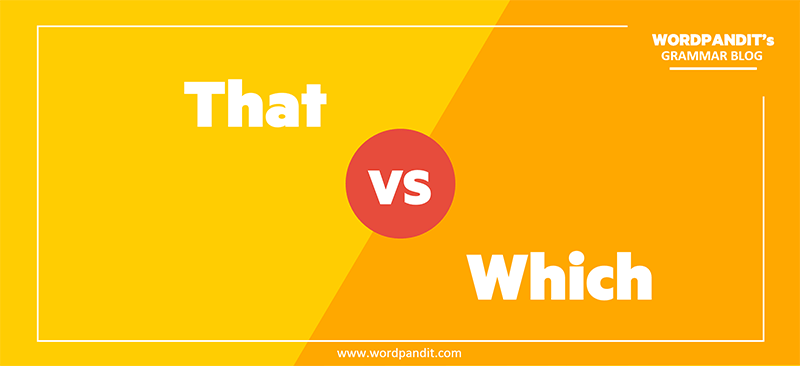Grammatically speaking:
- THAT should be used to introduce a restrictive clause.
- WHICH should be used to introduce a non-restrictive or parenthetical clause.
But what does this mean?
A restrictive clause is an element of the sentence that cannot be deleted, because it restricts the noun. For example: Diamonds that are fakes can be broken into pieces.
Try to delete ‘that are fakes’ and see the trouble you will find yourself in. It simply cannot be left because it is doing the vital job of defining the types of diamonds in question.
Try to delete the phrase in bold in the following sentences:
- Chairs that don’t have cushions are uncomfortable to sit on.
- Card games that involve betting money should not be played in school.
- To our knowledge, it is the only body in the solar system that currently sustains life.
You cannot delete and hence we use that in all of these sentences.
Now let’s have a look at ‘which’.
If a restrictive clause could not be left out of the sentence, a non-restrictive clause is its exact opposite and can be left out without changing the meaning of a sentence. Non-restrictive clauses are either in brackets or have a comma before and after them (or only before them if they come at the end of a sentence):
- Chairs, which are found in many places of work, are often uncomfortable to sit on.
- I sat on an uncomfortable chair, which was in my office.
In both the sentences above, the fragment in bold can be easily left.
Now let us have a look at how meanings are altered when we use these words in the same context:
1. My watch that is blue is very expensive.
2. My watch, which is blue, is very expensive.
In the first sentence, the person has many watches and one that is blue is the one that is expensive.
In the second sentence, the person has .an expensive blue watch (one expensive blue watch that is).
The Tip: So in essence, if we have to sum it up, you can throw out the “whiches” whenever you want and the meaning will not be harmed and if the meaning is harmed (just in case), you need to use that.












very clear! thanks!